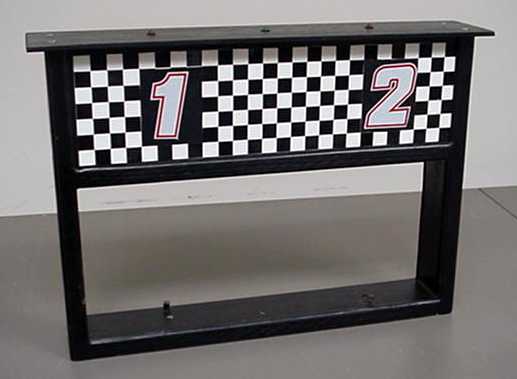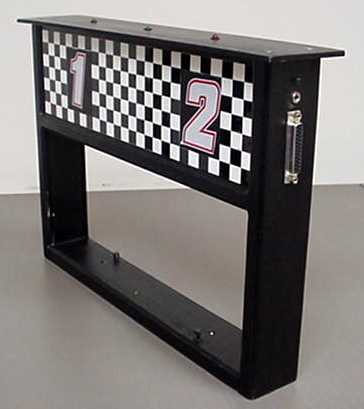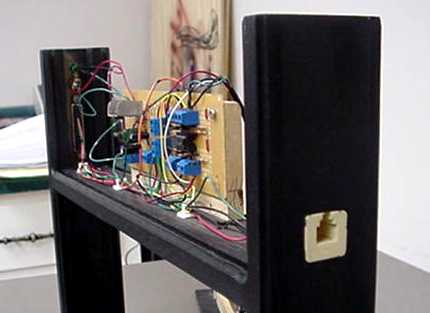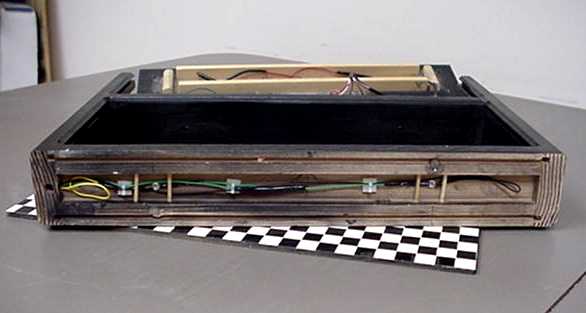There is an extreme advantage to using an electronic finish line. Arguments over race results evaporate as the "human error" is removed and results are accurately determined, meaning that it is fairer to the racers. If you are interested in having an electronic finish line, then you are left with 2 choices, buy or build. Below is information on Do-It-Yourself systems.
Buying a system can be well beyond the budget of many packs and clubs, so if you have someone willing to tackle a relatively simple electronic project, then you should consider the various plans and kits that are listed below.
Plans and Kits for the Do-It-Yourselfer
- Serial Port Systems - These systems can communicate with a PC via a computer's serial port or a USB port (when using a USB to Serial Adapter).
- Fast Track Kits - Micro Wizard, manufacturers of Fast Track timers, offer all of their timers in kit form. The electronics come fully assembled and it just requires carpentry skills to complete the timer. You drill the plastic to a printed template that we give you and then drill the aluminum pieces to your own track measurements. All Fast Track timers work with GrandPrix Race Manager.
- Arduino Based Timer - Connect up lane sensors and a start switch to an Arduino I/O board for a nice and inexpensive serial timer. Arduino is an open-source electronics prototyping platform based on flexible, easy-to-use hardware and software. Includes the firmware and source code for a 1 to 6 lane timer. There are also instructions on interfacing to GrandPrix Race Manager software.
- Track Controller - Measures and displays finish times as a stand alone unit and will work with compatible software like GrandPrix Race Manager.
- Other Systems - These systems do not have a computer interface and will indicate either the finish order or the lane times. Since there is no computer interface, you will not be able to interface the timer to any race management software. You could, however, manually enter the results into race management software.
- The Do-It-Yourself Race Timer - Has 2 and 4 lane timer plans which were developed by a group of Electrical Engineering students from the University of Missouri.
Enclosing Your Electronics
There are many ways you can enclose the electronics for a finish line system. Here's one such example. This is an enclosure for a 2 lane system built by Bill Keel, Pack 190 of Olive Branch, MS. Of course, this can be scaled to work with more lanes and different finish line circuits.
 |
 |
 |
 |
 |
Click on a photo to enlarge
Powering Your System
One of the things that Do-It-Yourself plans generally leave off is how to get the 5 Volts needed to power the electronics. Below are some ways to get that power.
- Build A Power Supply - You provide a 9V or 12V AC adapter and this simple +5V power supply will convert it to the 5V of regulated power needed to run the electronics.
- Use a PC Power Supply - You can get an ATX power supply out of an old computer and use it to power your timing system. Here's an example of how to do that.
